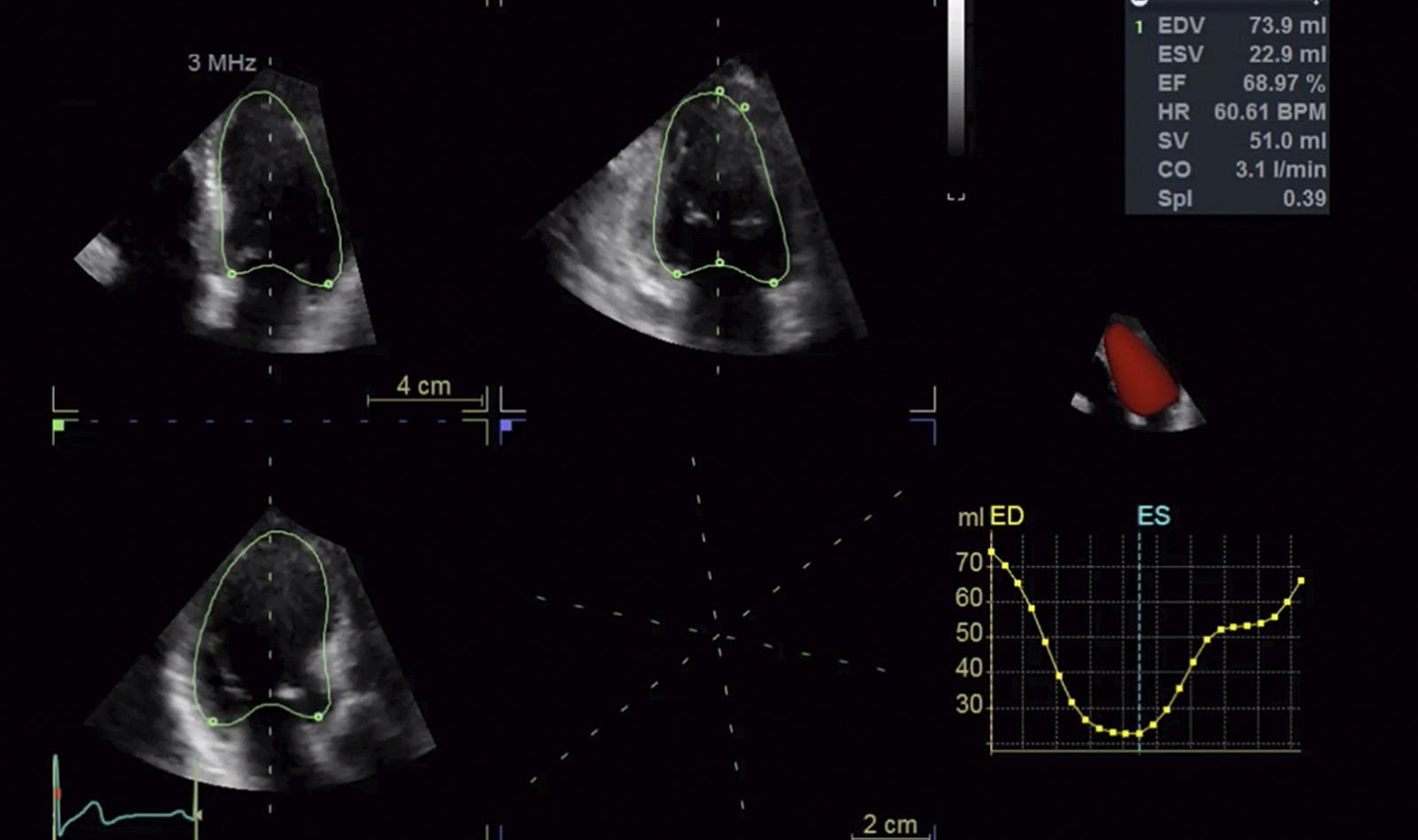longitudinal cohort of stress cardiomyopathy assessed with speckletracking echocardiography
Source: Critical Care. (2020) 24:216
INTRODUCTION:
When assessed with speckle-tracking echography, stress cardiomyopathy is seen in about a third of patients with subarachnoid hemorrhage (SAH). However, stress cardiomyopathy has not extensively described in patients with traumatic brain injury (TBI).
The authors report of a monocentric longitudinal study of 100 patients with moderate to severe TBI (Glasgow coma score ≤ 12). The primary goal was to assess the incidence of stress cardiomyopathy with speckle-tracking echocardiography and the evolution of the global longitudinal strain (GLS) at day 1, day 3, and day 7. The secondary outcomes were the evolution of 2- dimensional echocardiographic parameters (LVEF, mitral E/A and E/E’ ratio, mitral S wave, TAPSE).
FINDINGS:
75 (75%) male and 25 (25%) female patients with a mean age of 42.6 were included in this study. Nine (9%) patients displayed impaired global longitudinal strain (GLS) at baseline (-13.3, normal GLS is -20 or less), which significantly improved at day 3 (-22.2) and day 7 (-21.1). The authors concluded that this was compatible with stress cardiomyopathy.
Right ventricular TAPSE was preserved at day 1 (21.6 mm) and improved at day 3 (24.8 mm) and there was no significant modification of LVEF, E/A and E/E’ or lateral S wave.
The authors concluded that stress cardiomyopathy occurs after traumatic brain injury, quickly resolves, but is seen less commonly than after SAH (≈ 10% vs. ≈ 35%).
 English
English
 Español
Español 

